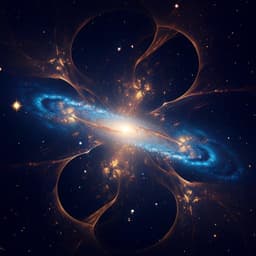
Space Sciences
Imaging low-mass planets within the habitable zone of α Centauri
K. Wagner, A. Boehle, et al.
Exciting new research led by K. Wagner and a team of experts reveals a groundbreaking ground-based mid-infrared observing approach that allows for imaging low-mass temperate exoplanets. This innovative technique has shown remarkable sensitivity to warm sub-Neptune-sized planets in the habitable zone of α Centauri A, setting a new standard in exoplanet imaging.
Playback language: English
Related Publications
Explore these studies to deepen your understanding of the subject.







